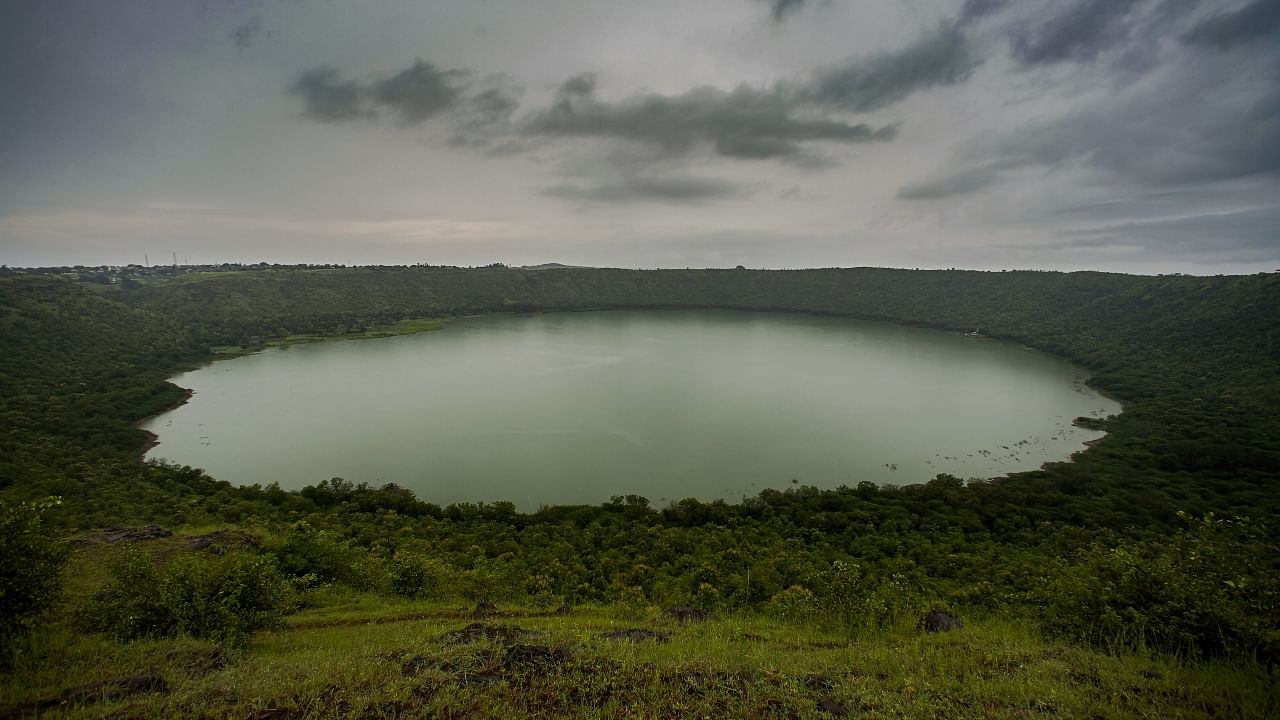
The Maharashtra government, in a bid to boost tourism, sanctioned a Rs 370 core plan for the conservation of the national geo-heritage site of Lonar.
The decision to sanction Rs 369.78 crore was taken at the weekly cabinet meeting presided by chief minister Eknath Shinde, with deputy chief minister Devendra Fadnavis in attendance.
As part of the plan, Lonar Lake conservation, preservation of temples in the vicinity, nature tourism, wildlife protection, development of neighbouring areas, and creation of basic facilities would be undertaken.
The Lonar Crater or Lonar Lake is a Ramsar site located in the Buldhana district of Maharashtra. Named after the city of Ramsar in Iran—where an international governmental treaty for the convention of wetlands was signed in 1971 by UNESCO—a Ramsar site is designated to be of international importance under the Ramsar Convention. Wetlands declared as Ramsar sites are to be protected and conserved under the treaty’s strict guidelines.
Scientists believe that the crater-lake was formed nearly 52,000 years ago when a meteorite— weighing two million tonnes and travelling at an estimated speed of 90,000 kmph—slammed into the Deccan Plateau. Scientists believe that the energy released during this event was equivalent to a six-megaton atom bomb explosion. It created a hole which was 150 m deep and 1.8 km wide.
The collision led to the formation of one of the largest, most unique basalt impact craters in the world. The lake has a mean diameter of 1.2 km and is about 137 m below the crater rim. The meteor crater rim is about 1.8 km in diameter.
The Lonar site includes the lake as well as escarpments, which form the crater walls, and forested zones. The lake is high in salinity and alkalinity, as the lack of an outflow leads to a concentration of minerals as lake water evaporates.
The Smithsonian Institution, the United States Geological Survey, Geological Survey of India, the University of Sagar, and the Physical Research Laboratory have conducted extensive studies of the Lonar site. Biological nitrogen fixation was discovered in this lake in 2007. A 2019 study, conducted by IIT Bombay found that the minerals, in the lake soil, are very similar to the minerals found in moon rocks brought back during the Apollo programme.
Specialized micro-organisms such as anaerobes, cyanobacteria, and phytoplankton survive in this harsh chemical environment.
Outside the lake, there is considerable diversity of plant and animal life, like springs which help feed the lake and provide a source of freshwater. Inhabiting the site are 160 species of birds including the vulnerable Asian woolly-neck (Ciconia episcopus) and common pochard (Aythya ferina), 46 species of reptiles, and 12 species of mammals including the iconic grey wolf (Canis lupus).
The site and surrounding ecology are both threatened by household sewage and urban wastewater as well as unsustainable tourism.
Last year, the Bombay High Court had directed the state government to set up a development authority to preserve the Lonar Lake and surrounding areas.